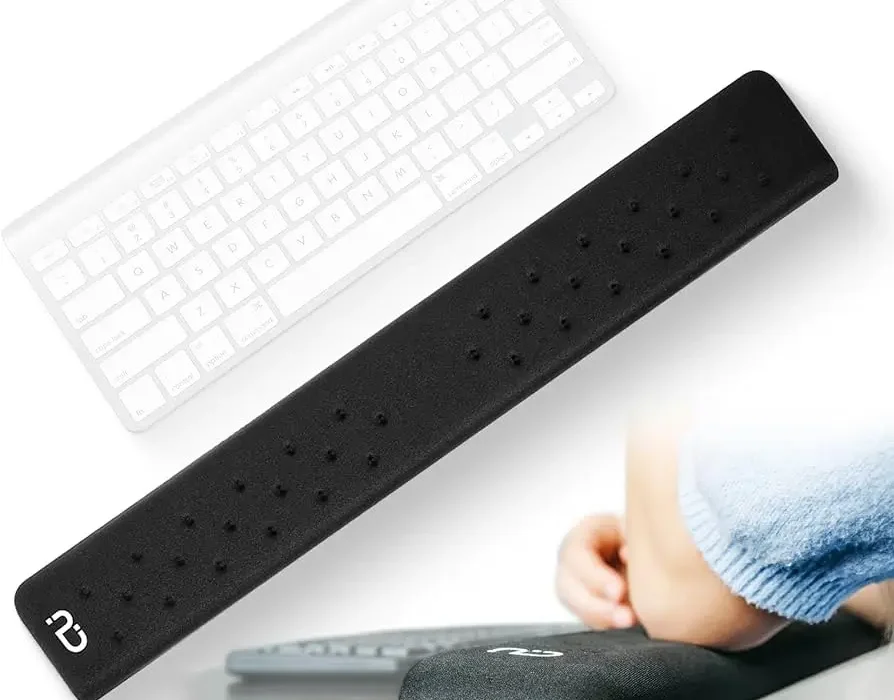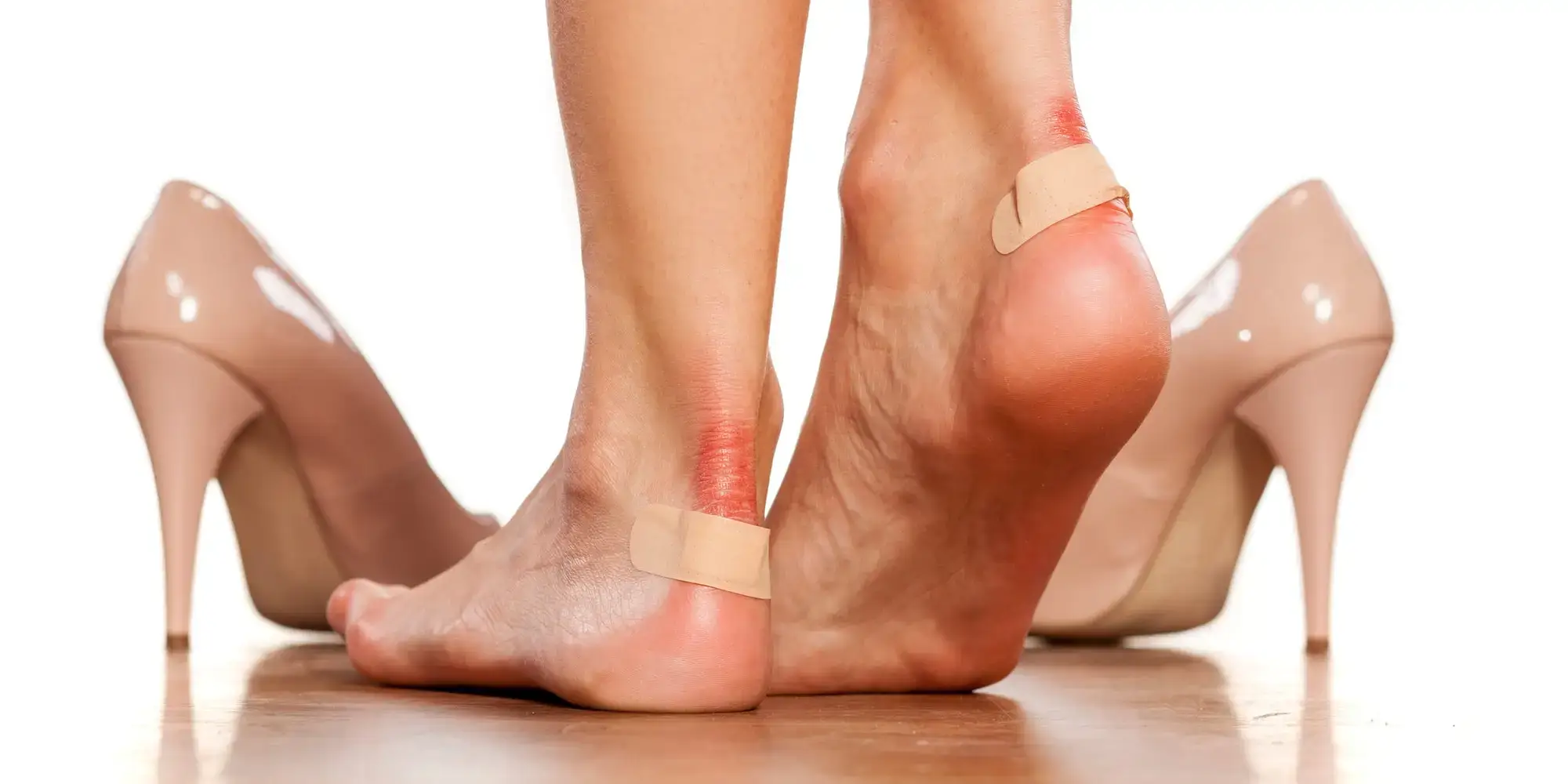Extended work hours, especially when typing or using a mouse, can put a lot of stress on the wrist. As a result, this could potentially cause discomfort and even long-term injury.
Luckily, there is an accessory called an edge rest that can help support your wrists and forearms. Additionally, it works well for standing desks, improving your posture, and lowering stress.
This guide for beginners by PostureUp will show you why using an edge rest is a good idea and how to pick the best one for your needs.
Benefits of Using Edge Rest
Using an edge rest has several benefits, including:
Reduction in Wrist Strain
Wrist strain is a common issue that occurs when the muscles and tendons in the wrist are overused or injured. This condition can cause discomfort and affect daily tasks, making it important to take preventive measures.
Using an edge rest can help prevent common issues, such as:
- Pain and Tenderness: You may feel pain and tenderness in your wrist, especially after long periods of activity. This discomfort can range from mild to severe and may worsen with continued use.
- Swelling: Swelling around the wrist area is a common symptom, indicating inflammation due to overuse or injury. The wrist may appear puffy and feel warm to the touch.
- Weakness and Reduced Grip Strength: You might experience weakness in your hand and wrist, making it difficult to grip objects firmly. This can affect your ability to perform tasks that require fine motor skills.
Prevention of Injuries
Injuries related to repetitive strain or poor ergonomics can occur when the body is subjected to prolonged stress or improper positioning during activities like typing or using a computer mouse. Preventing such injuries is crucial for maintaining long-term health and productivity.
These injuries include:
- Carpal Tunnel Syndrome: Carpal tunnel syndrome is caused by pressure on the median nerve in the wrist, leading to numbness, tingling, and weakness in the hand. It can result from repetitive motions and poor wrist positioning.
- Tendonitis: Tendonitis involves inflammation and irritation of the tendons, often in the wrist or forearm. It causes pain, stiffness, and swelling, typically due to repetitive use or overuse.
Improvement in Comfort
Comfort during work or activities is essential for maintaining focus and reducing physical strain. When discomfort is present, it can affect productivity and overall well-being.
Using ergonomic accessories like an edge rest can enhance comfort by providing support where it’s needed most, such as:
- Elbow Support: An edge rest can provide support for the elbows. This reduces pressure and strain on the joints during activities such as typing or using a mouse.
- Arm Support: Supporting the arms with an edge rest helps distribute weight more evenly, reducing strain on the muscles and promoting better blood circulation. This can alleviate tension and fatigue in the arms.
- Shoulder Relief: Proper arm support encourages better posture. By keeping the arms supported and relaxed, it reduces tension in the shoulder muscles.
How to Find the Right Edge Rest
Finding the right edge rest for your needs can be straightforward if you follow these steps:
1. Pick the Right Materials
When choosing an edge rest, the material it’s made of plays a crucial role in comfort and durability. For example, memory foam molds to the shape of your wrists and arms, offering personalized comfort. Also, gel padding helps distribute pressure evenly, reducing strain during prolonged use. Both materials are breathable, keeping your arms cool and comfortable.
2. Choose a Shape That Fits Your Hand’s Natural Position
The shape of the edge rest should align with the natural position of your hands and arms when typing or using a mouse. Look for designs that support the entire length of your forearm, from elbow to wrist.
For instance, a curved or contoured shape can provide ergonomic support by cradling your arms and promoting a neutral wrist position. Some edge rests are even designed with raised edges or slopes to keep your wrists aligned and prevent them from bending uncomfortably.
If needed, test the edge rest to ensure it feels natural and supports your arms without causing strain.
3. Get Your Budget Right
Set a budget that balances your needs with the features and quality of the edge rest. Basic models are affordable and provide essential support, making them suitable for occasional use.
If you work long hours or have specific ergonomic requirements, investing in a higher-quality edge rest with advanced features may be beneficial. See which model gives you the most for your money by comparing prices and reading reviews.
Get the Best Edge Rest for a Better Workplace Setup
Incorporating the best edge rest into your workplace setup isn’t just about comfort. So, make the choice today to optimize your workspace with the best edge rest tailored to your needs, and experience the benefits of a healthier and more productive work environment.





